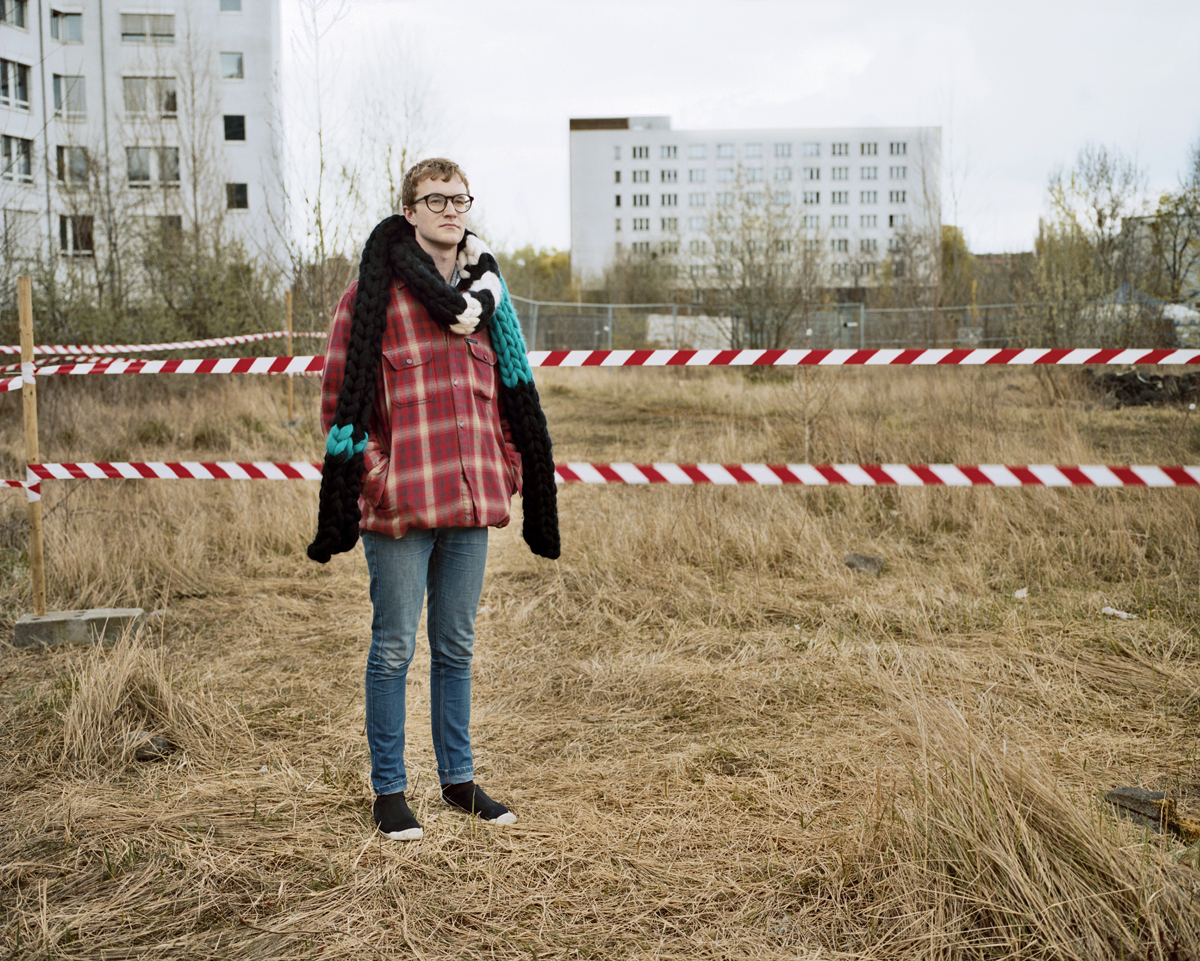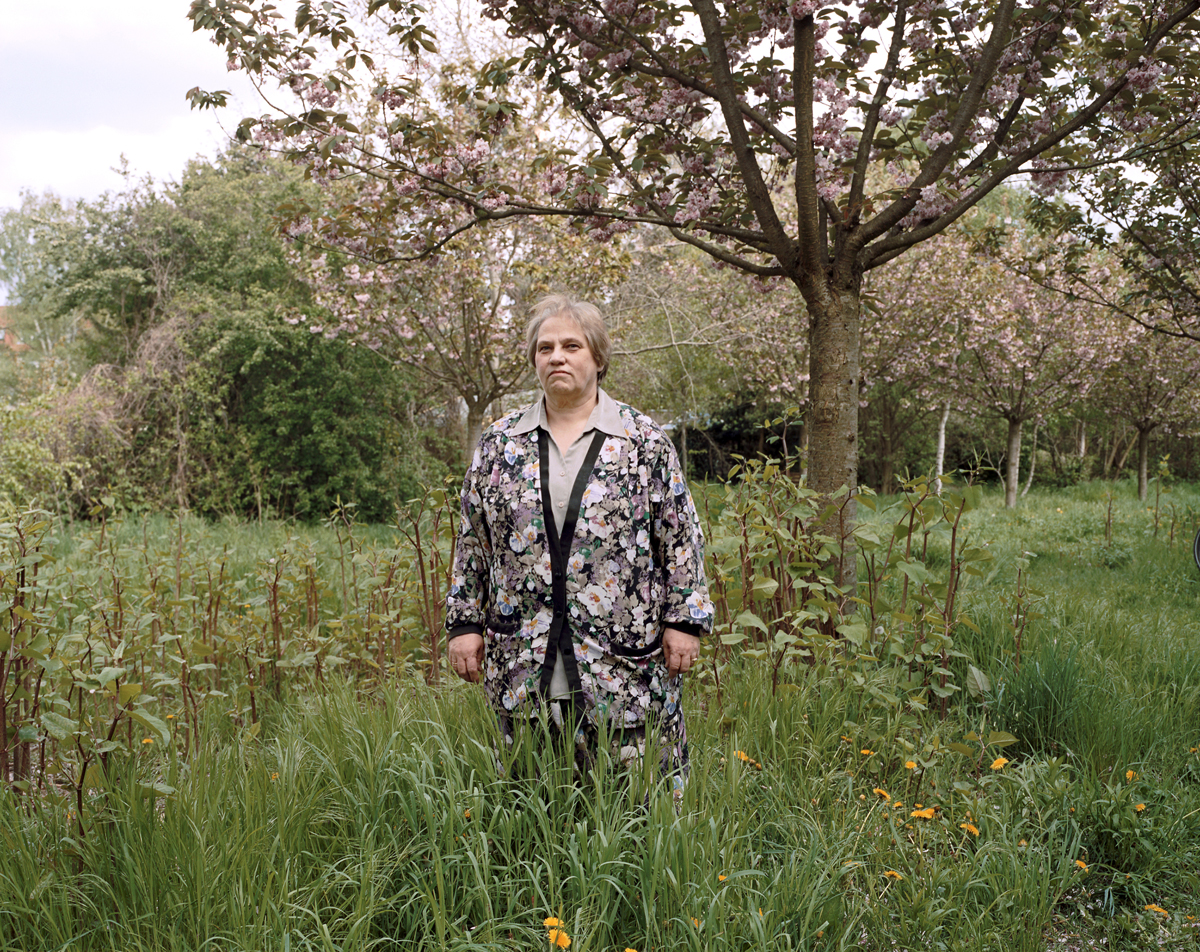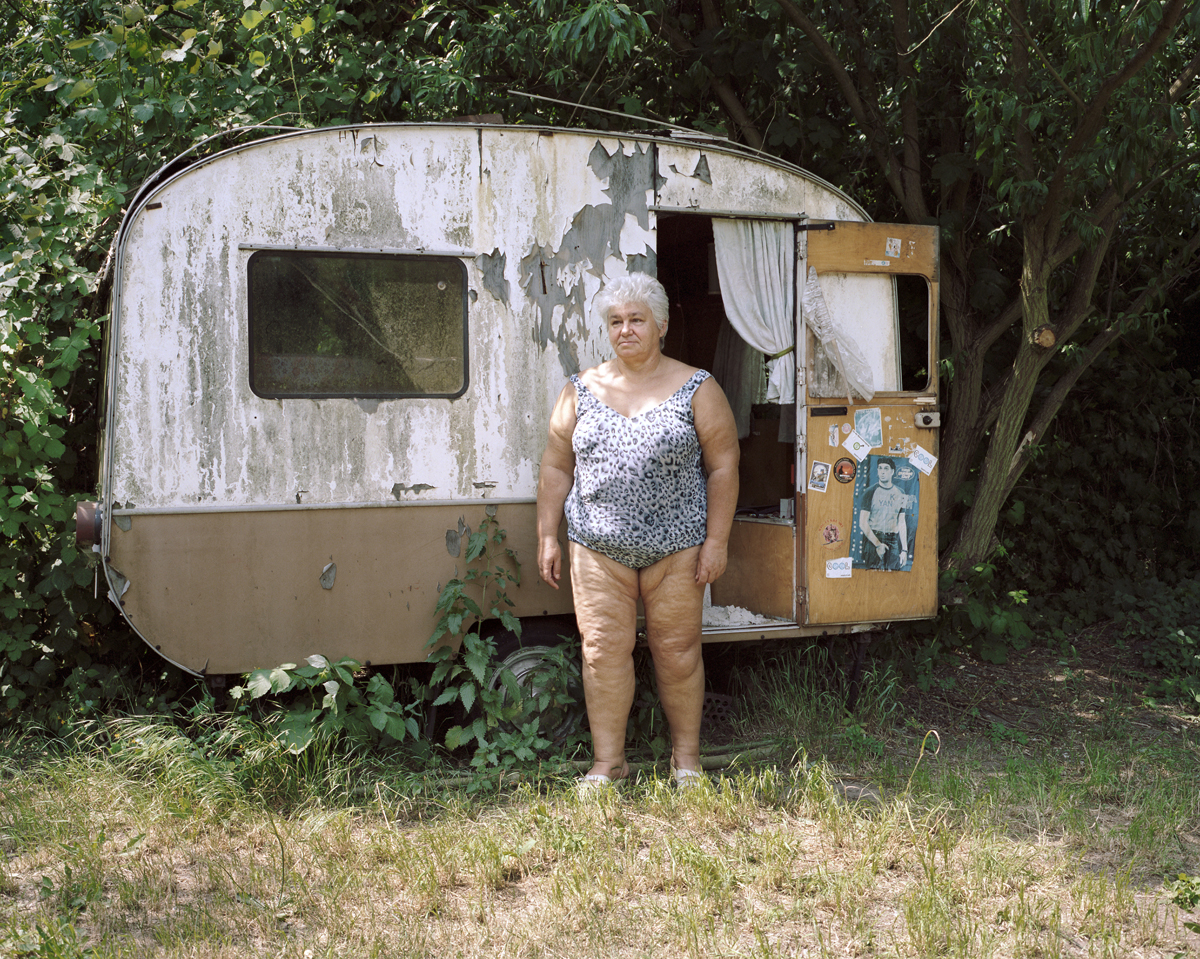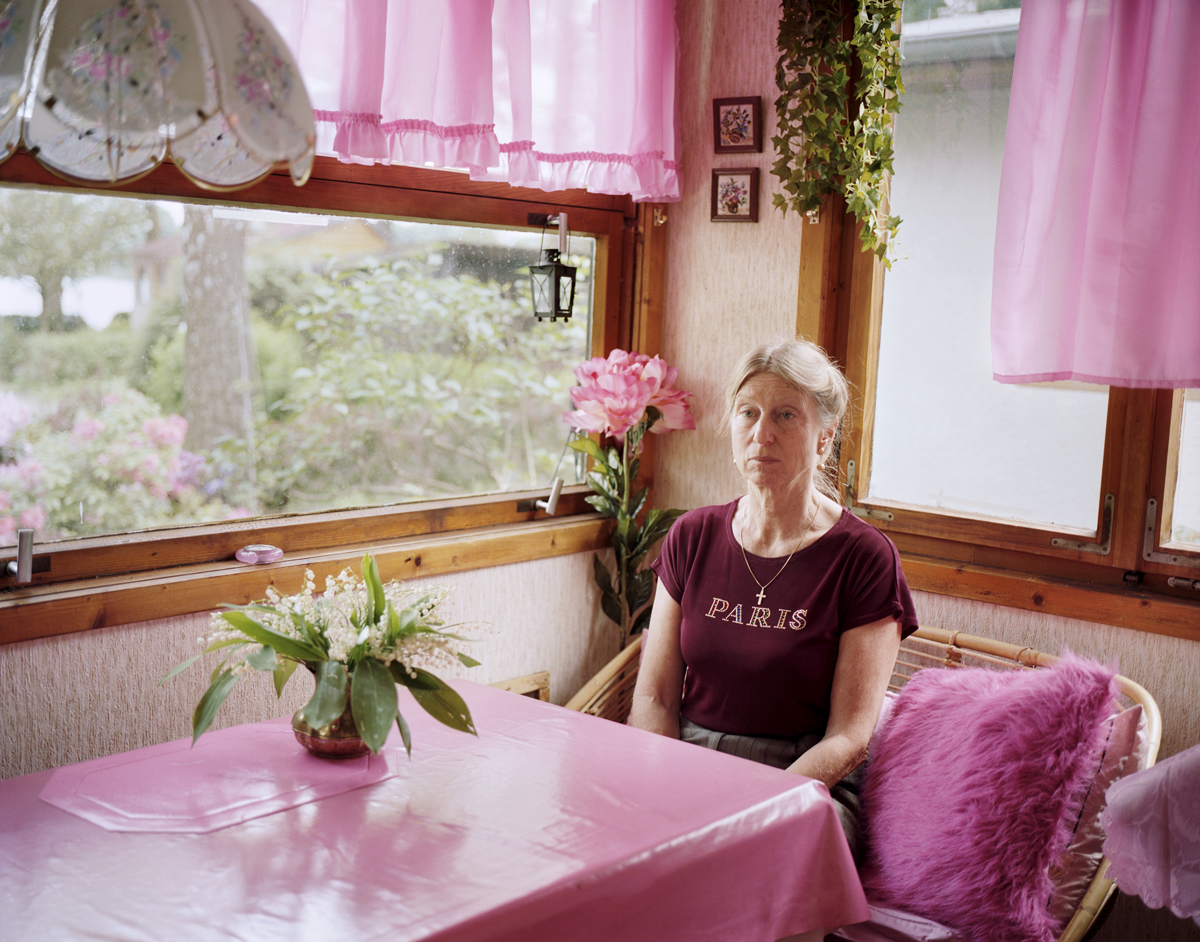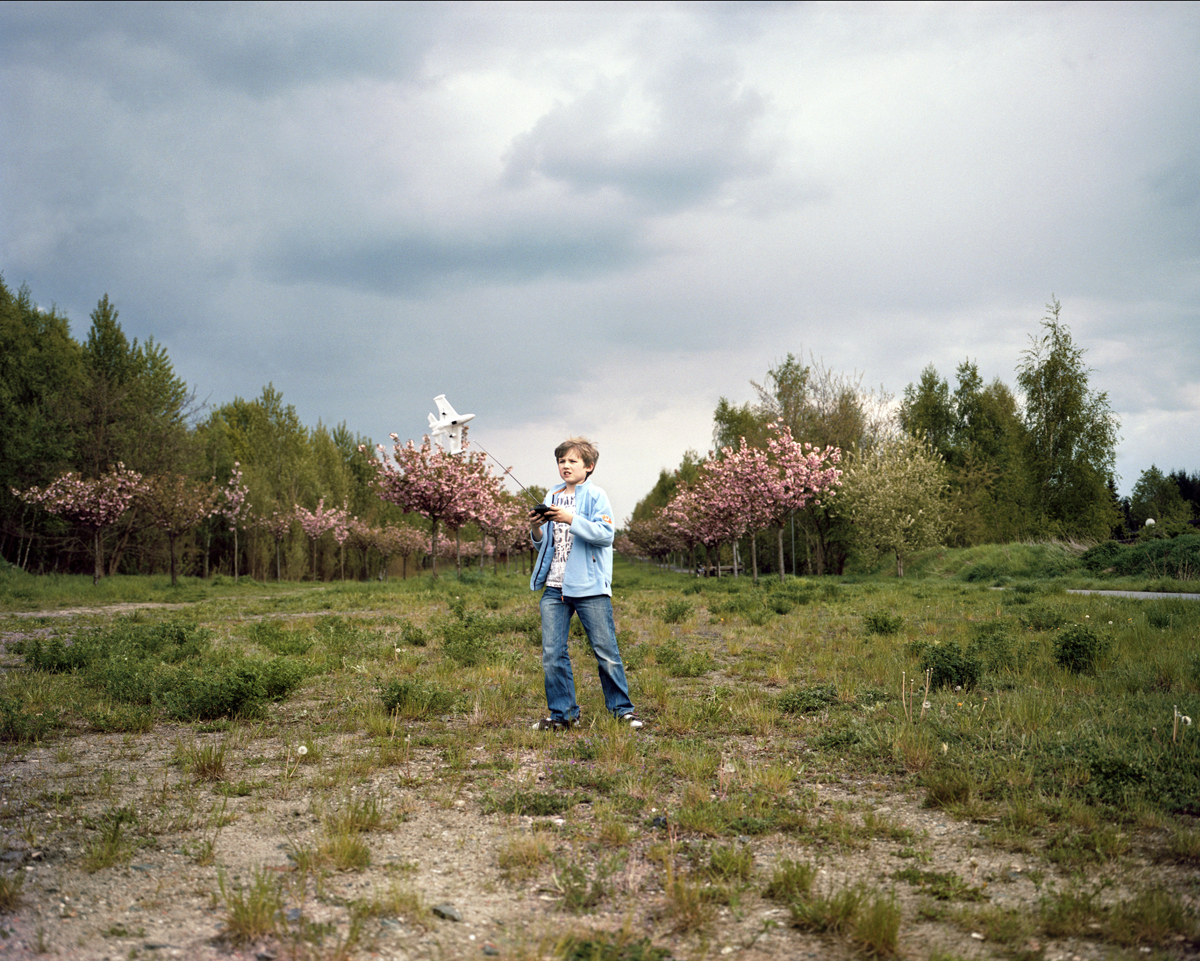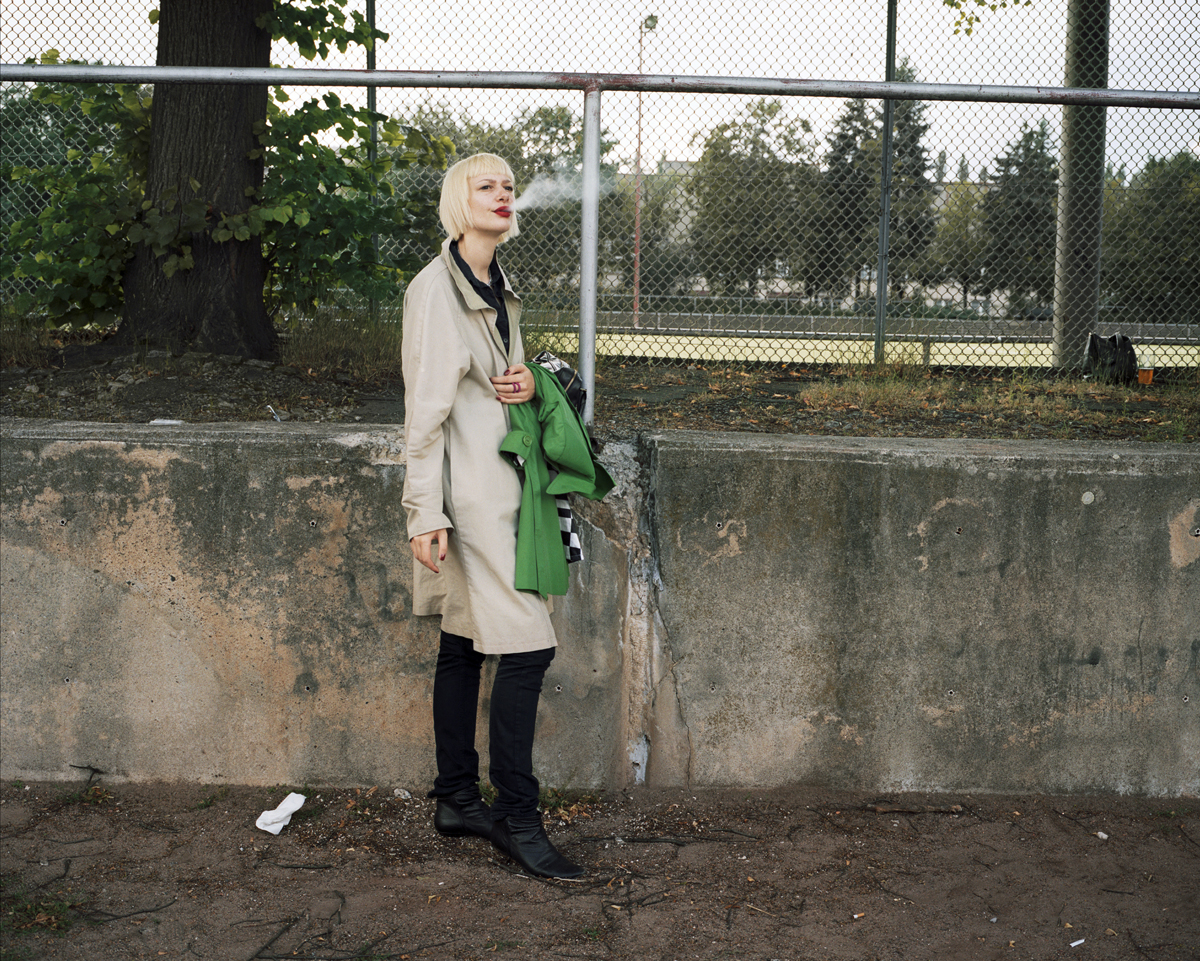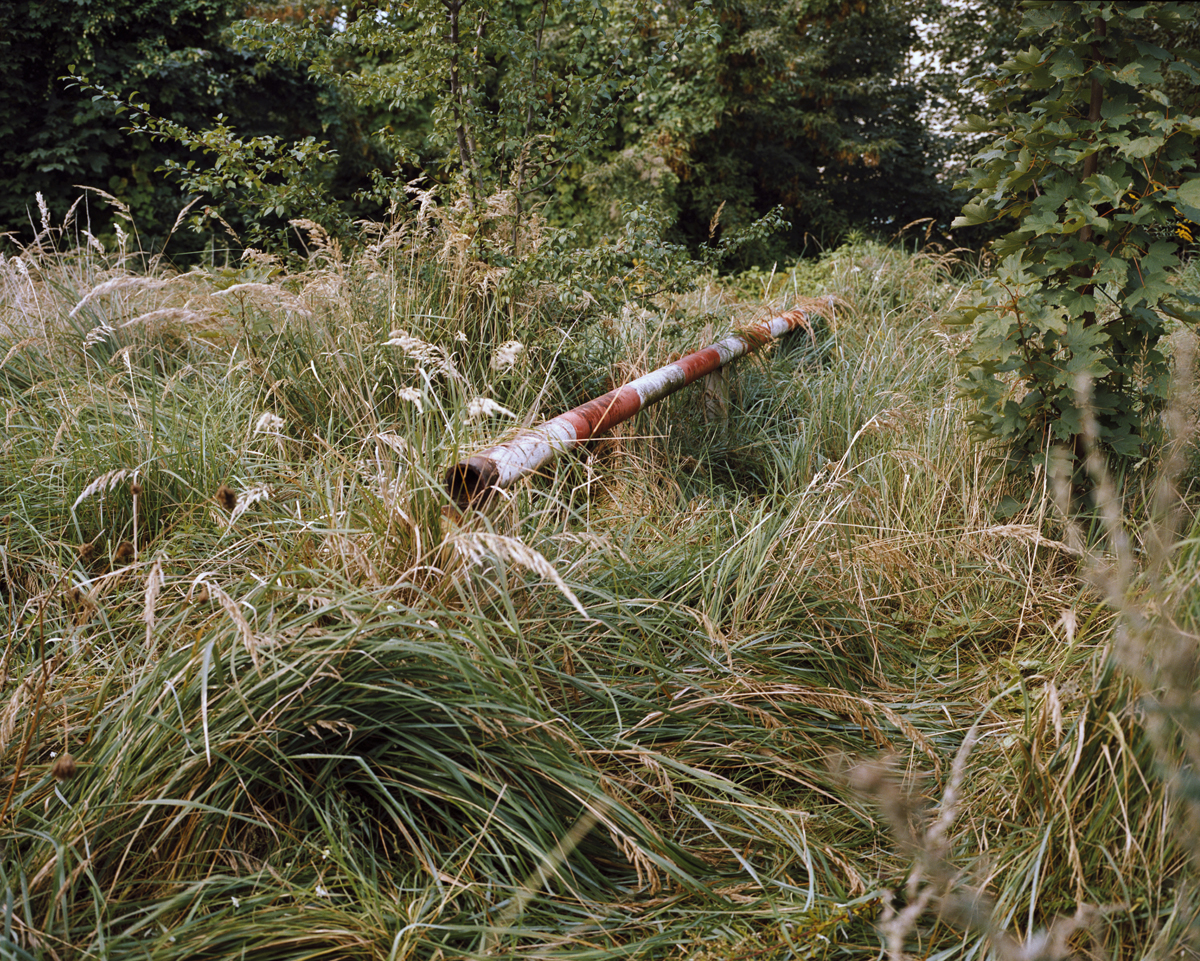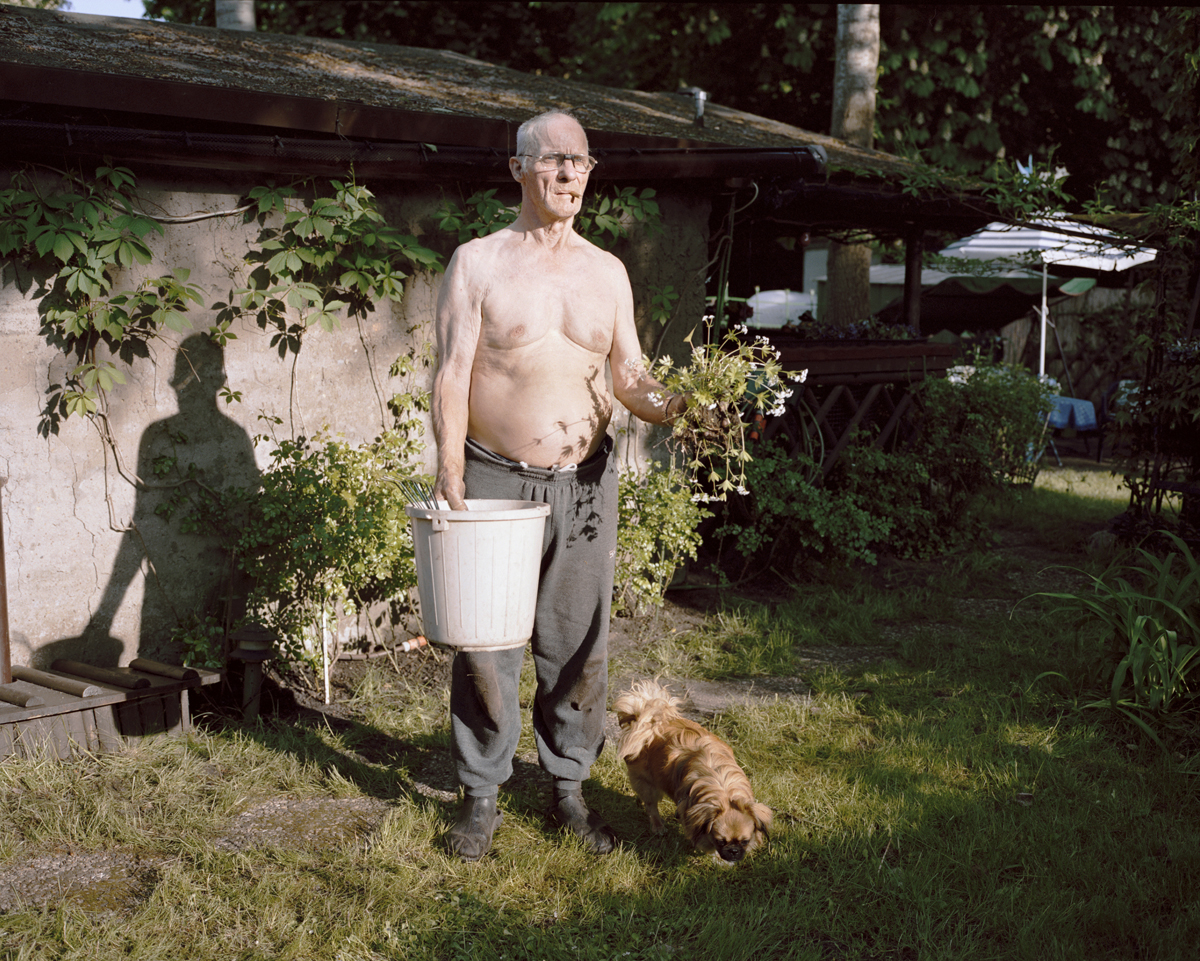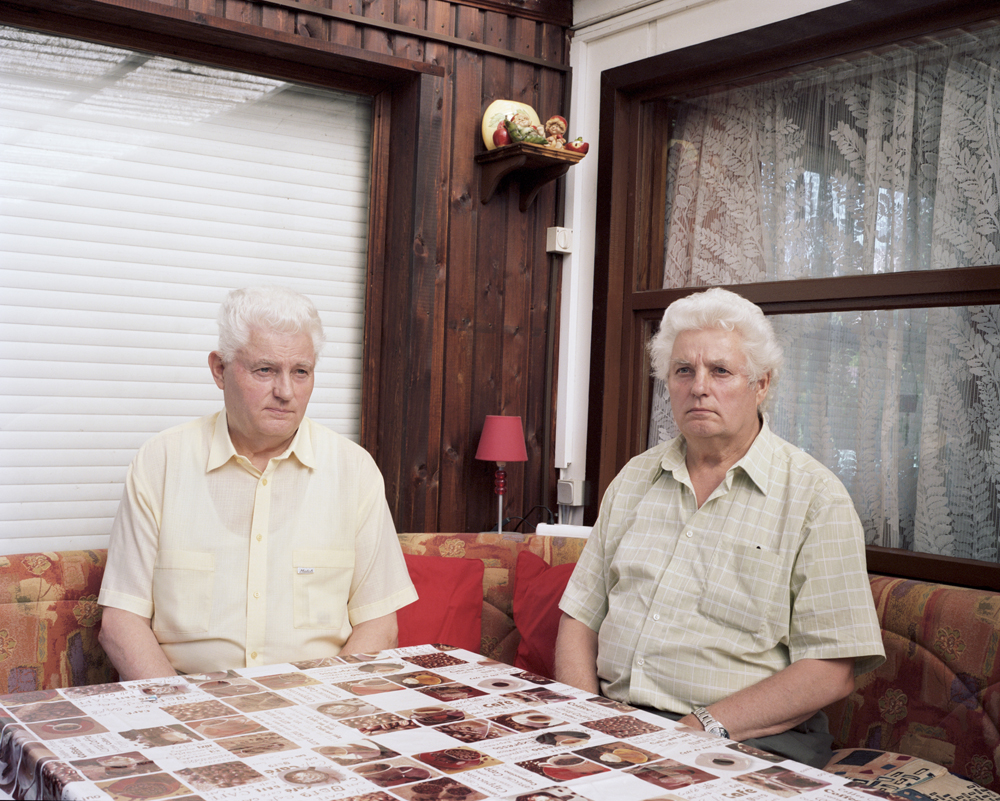Dorothee Deiss
As If Nothing Happened
June 7- July 1, 2012
"It is terrible and wonderful at the same time how fast life lets grass grow over history. But the scars remain."
The strip of cleared land on which the Berlin Wall once stood is 160 kilometers long.Twenty years after its fall, there are few traces of what had such a profound impact on the lives of so many people: how the construction of the Wall tore apart families in the course of a single day, how in the following years a common culture developed into a socialist and a capitalist world, and how closely hope and despair lay in attempts to overcome the Wall.
Today, this strip can be navigated on an almost continuous bike path. In the course of a year during 2007-2008, Deiss rode each section of the path countless times and photographed people she encountered there. "The invisibility of the death strip, the absurdity of this normality, the forgetfulness of the past were the reasons why I set out on this path. I portrayed and interviewed ramblers, recent newcomers and house owners, but also many residents who have spent their lives in the immediate vicinity of either the West or the East side of the Wall. The photographs taken there are all from the former border zone or its immediate vicinity."
Dorothee Deiss (b. 1961, Münsingen, Germany) studied medicine at the University of Medicine, Freiburg, and then worked as a pediatrician and pediatric endocrinologist in Southern Germany and Berlin. Following a desire to focus on a lifelong interest in photography, Deiss began studying photography in Berlin at Fotografie am Schiffbauerdamm and Ostkreuz- schule für Fotografie with Ute Mahler, Sibylle Bergemann and Robert Lyons. In 2010, she entered the Hartford Art School's International Limited Residency MFA in Photography program, studying with Alec Soth, Doug Dubois, and Jörg Colberg, among others. Deiss' work has been shown in several group and solo exhibitions in Germany, as well as at Photo Center NW, Seattle, and the Corcoran Gallery of Art, Washington, D.C.

